Mounting solutions for HAVER Architectural Mesh
In order to integrate your wire mesh cladding into your building project in a technically as well as visually flawless way, it is important to use the right fastening technique. With over 20 years of experience in the processing of stainless steel mesh in the architectural sector, we have developed standardised fixings for architectural mesh and are confident: there is a suitable fastening solution available for your project.
HAVER MeshLock Mountings for wire mesh facades
HAVER Architectural Mesh can be stretched over several floors on facades. Only at the top and bottom fixing points of the building is a solid substructure required to support the resulting vertical loads. Depending on the size of the individual mesh elements, additional intermediate fixings are attached floor by floor to absorb horizontal loads and reduce vertical loads.
Important: The fixing details of the upper and lower connection differ depending on the mesh type used: Wire mesh or cable mesh.
Bottom mounting
Analog to the top fastening, a round rod is inserted into the cable mesh. The elements are tensioned with of eyebolts, for example, on a continuous substructure. The eyebolts ensure an exact amount of tensioning. Together with the pressure springs, the mesh is installed with the exact pretensioning load.
Non-removable fixing system for metal mesh ceiling linings
With a tension profile and clevis screw, any horizontal wire mesh element can be precisely clamped. Through edging with tension folds, horizontal wire mesh elements can be tensioned by means of clevis screws in such a way that the sag is regulated or minimised as desired.
Removable ceiling attachment made of wire mesh with sagging
This system allows each wire element to be removed by a single person, e.g. for maintenance and installation works. The architectural mesh elements will not be damaged, as they can remain in the ceiling construction during maintenance work.
Adjustable ceiling attachment without sagging
If no sagging is desired in the ceiling cladding, the architectural wire mesh is applied to frames under pretension. For removal, the frame can either be removed or a folding or sliding mechanism can be provided.
Note: The details of the frame can be determined considering the chosen mesh type, element sizes, as well as other technical and optical requirements.
Wire mesh framing solutions for ceilings and walls
Wherever architectural wire mesh cannot be stretched over a large area, frame elements are often used. They offer you great flexibility and, depending on the design, enable you to:
- removability of the elements
- the integration of acoustically effective materials
- the integration of the wire mesh elements into sliding mechanisms
We adapt the design of the frames as well as integration of the wire mesh individually to your project depending on the requirements.
Special mounting solutions
Individually developed for your project
Every project has its individual challenges. Therefore, in addition to the standardised fastening solutions listed above, we have also developed a range of tried and tested special solutions.
Learn more about our individual mounting solutions



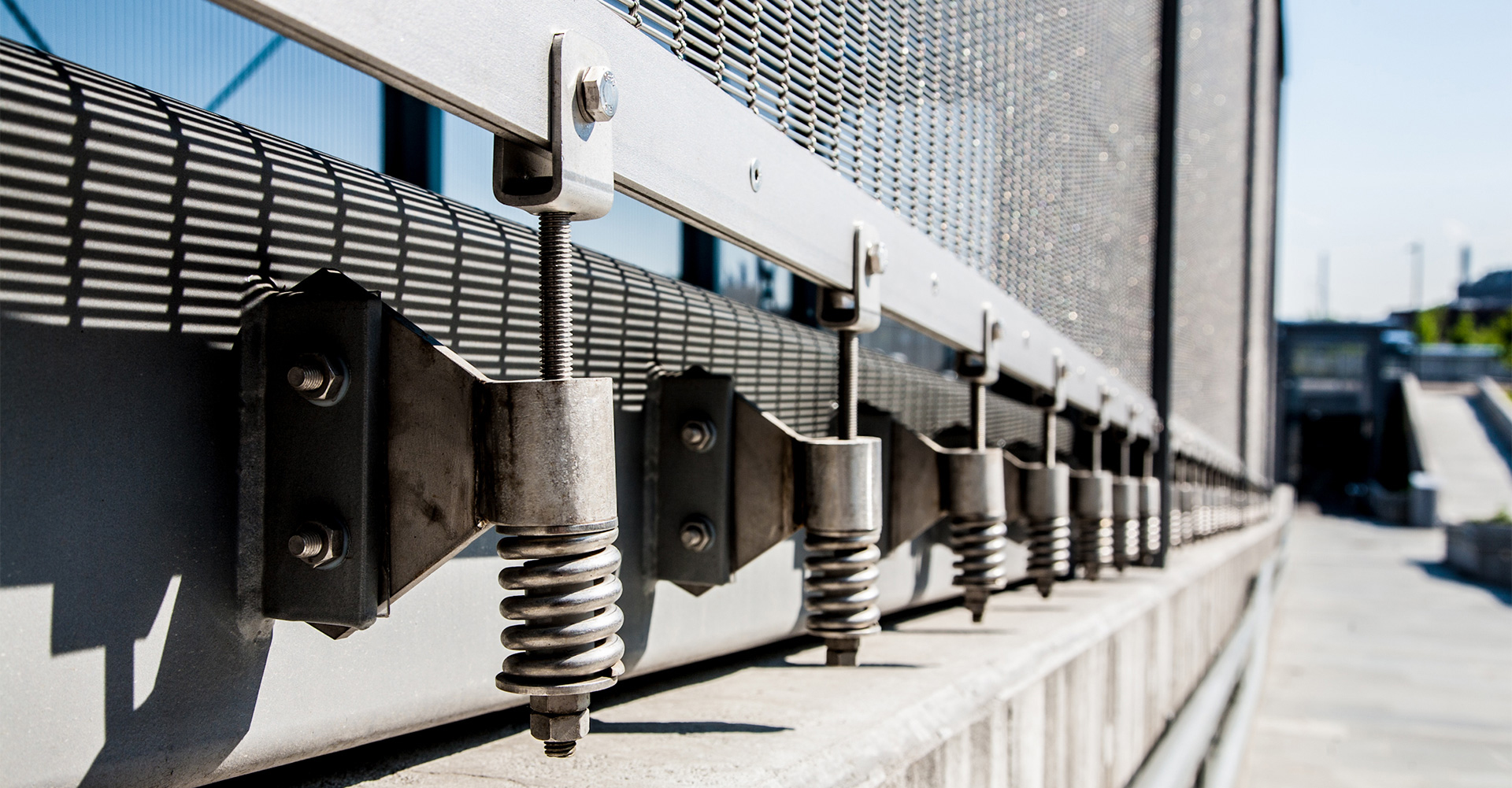
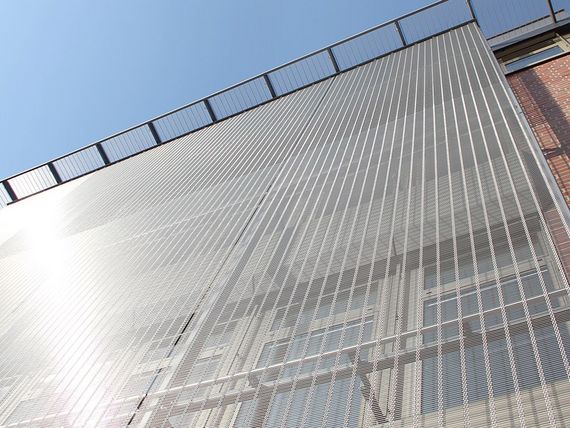


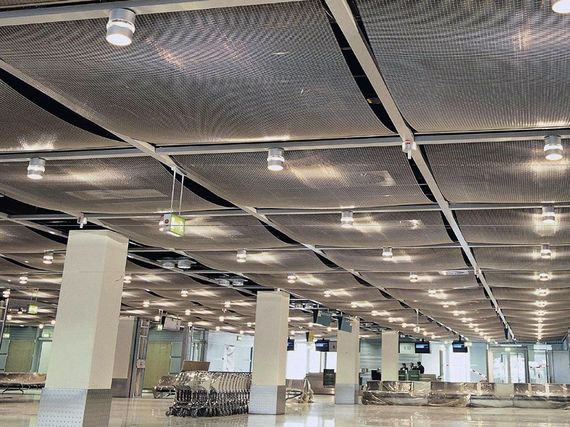


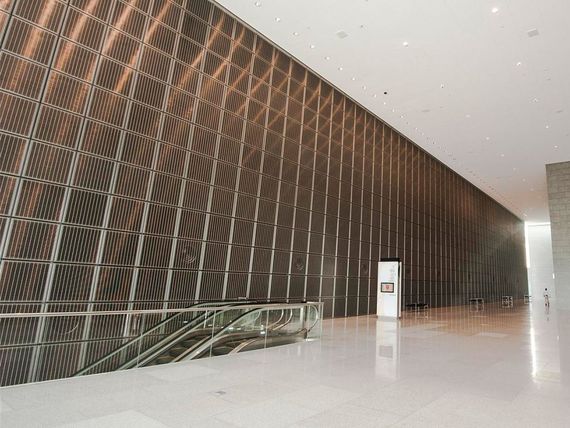





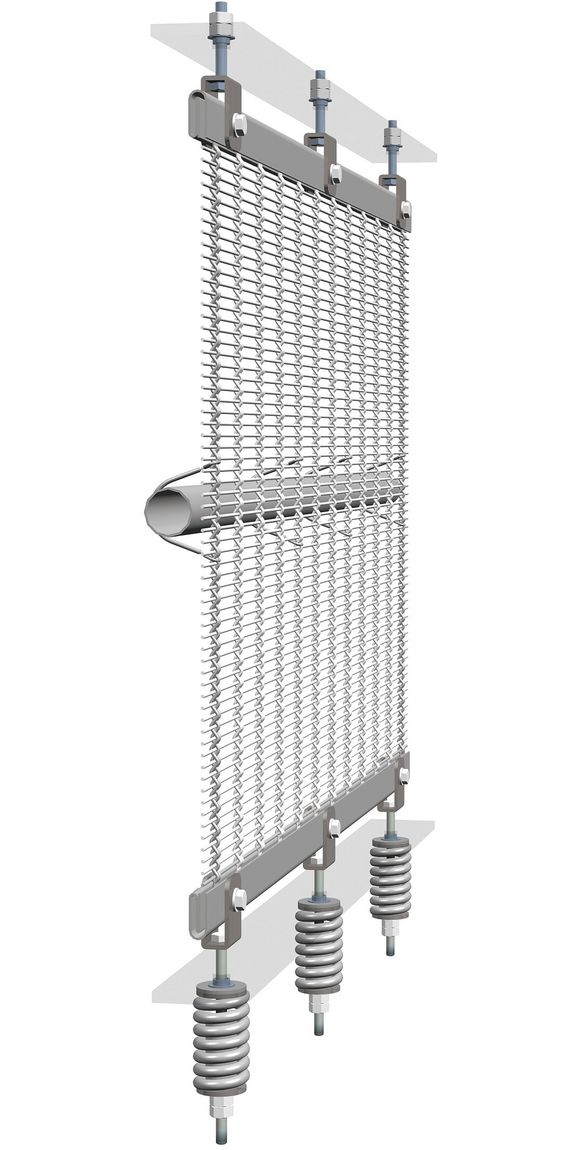
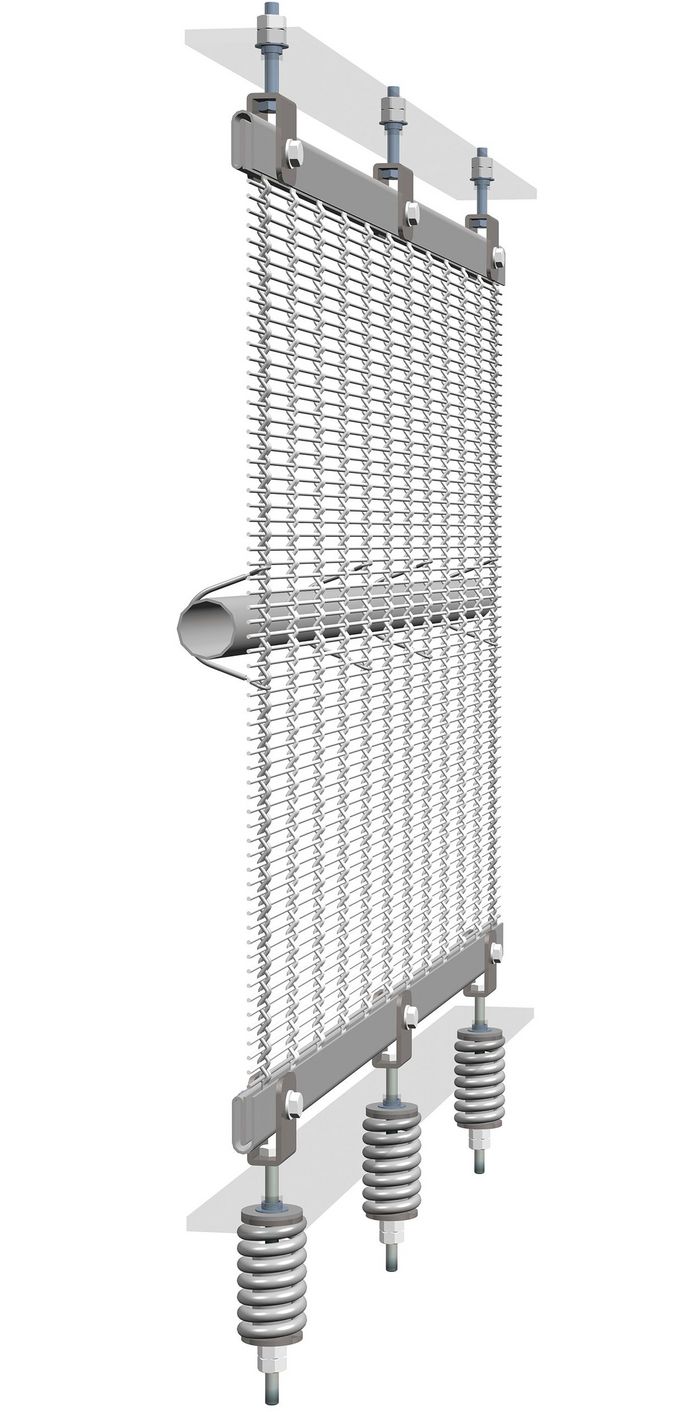
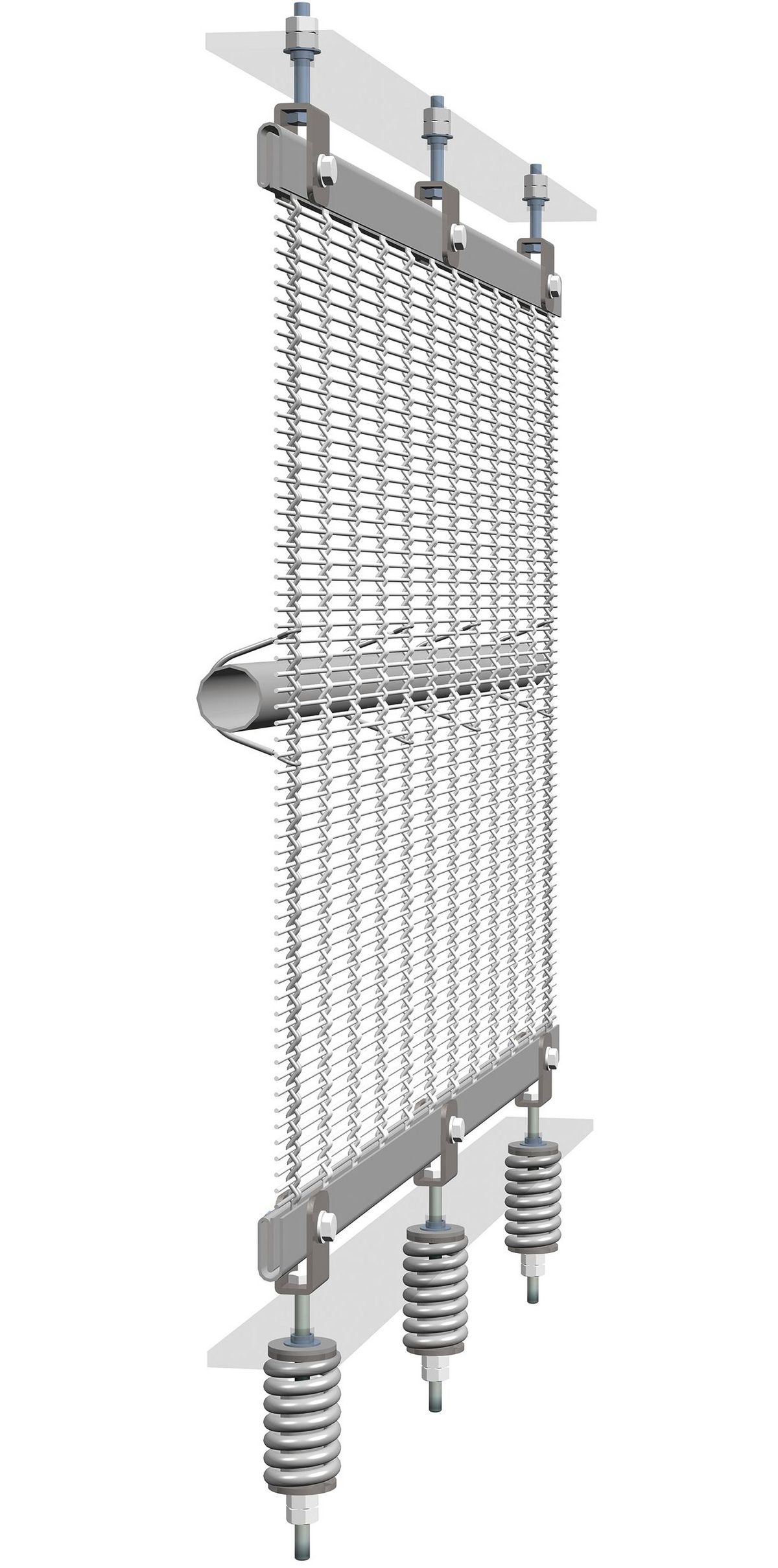









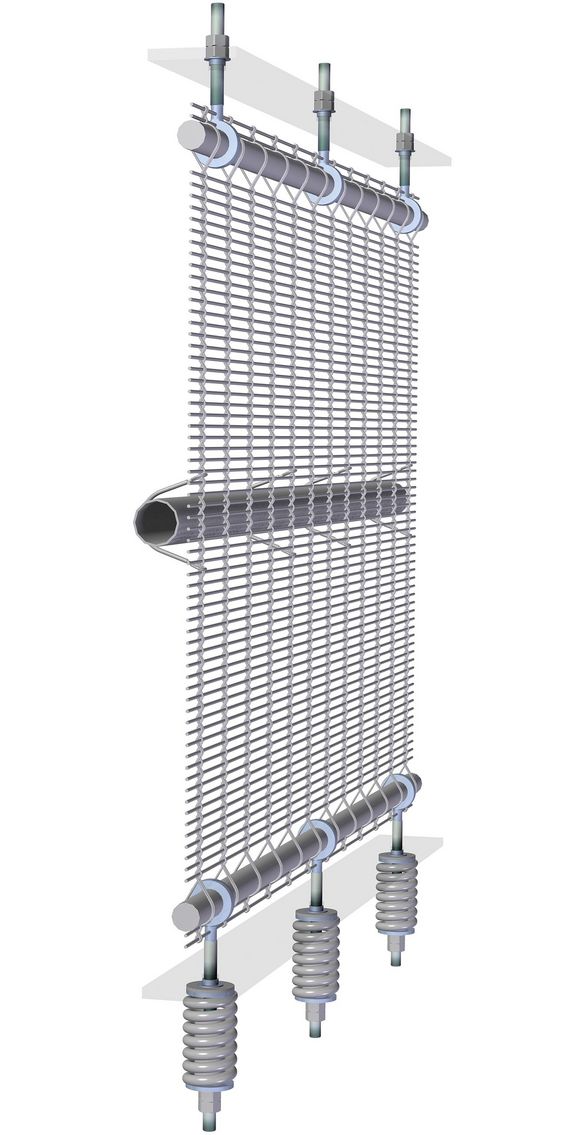
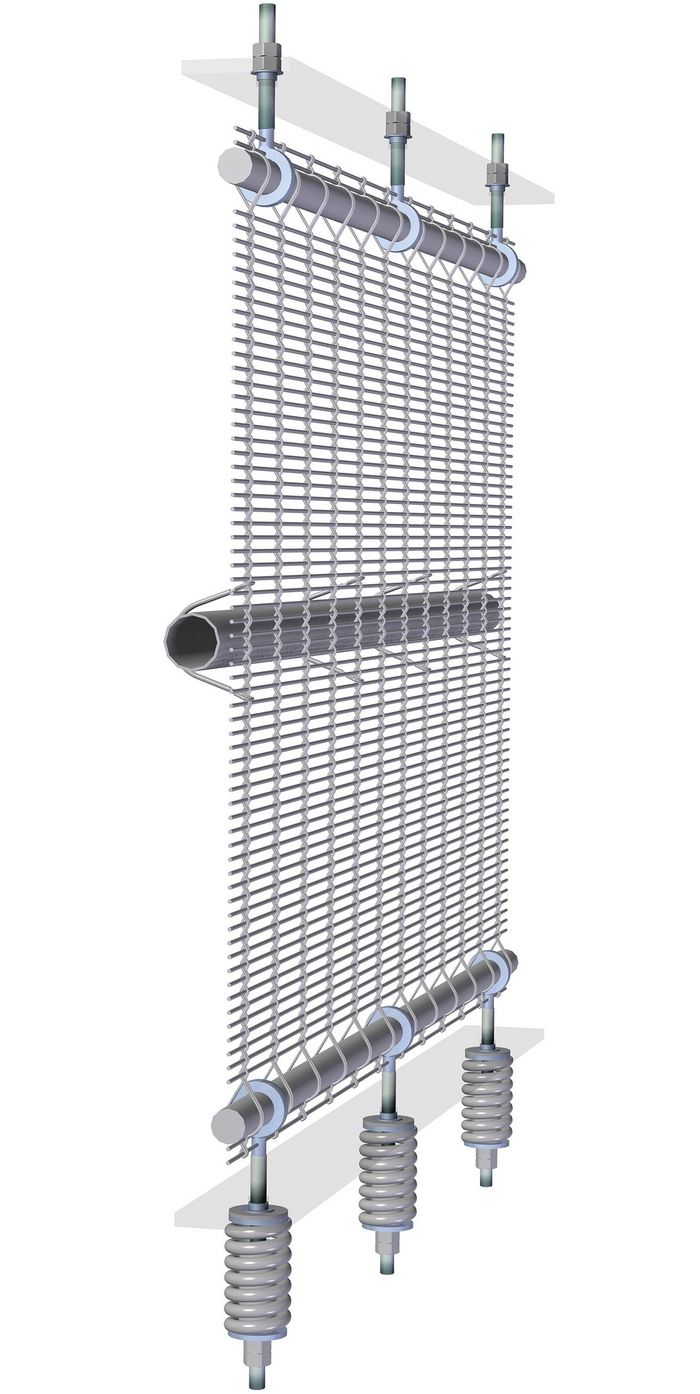
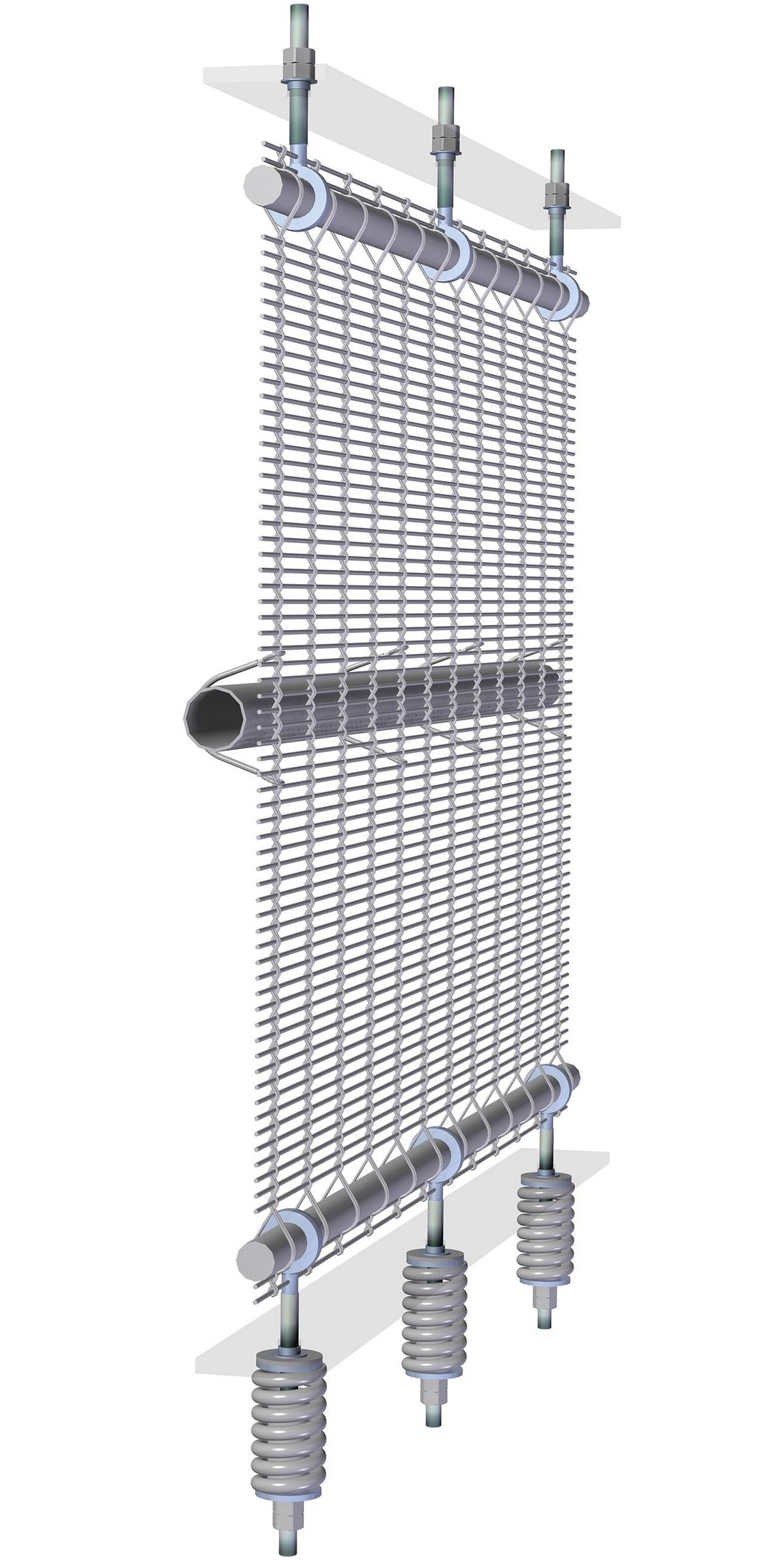
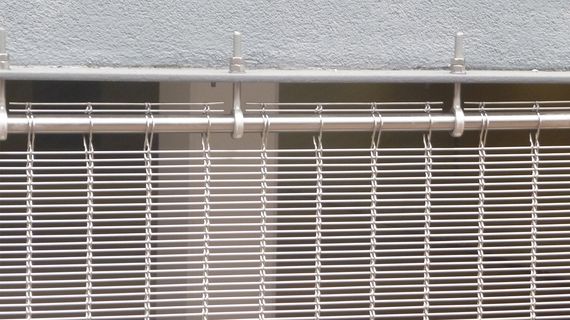





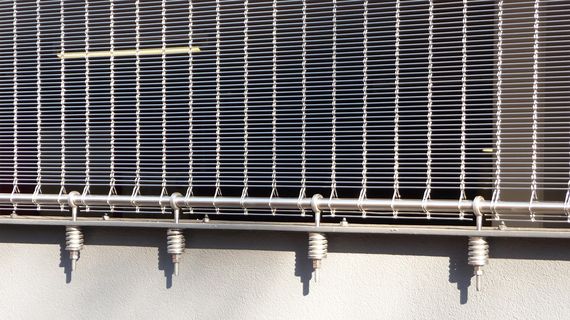



























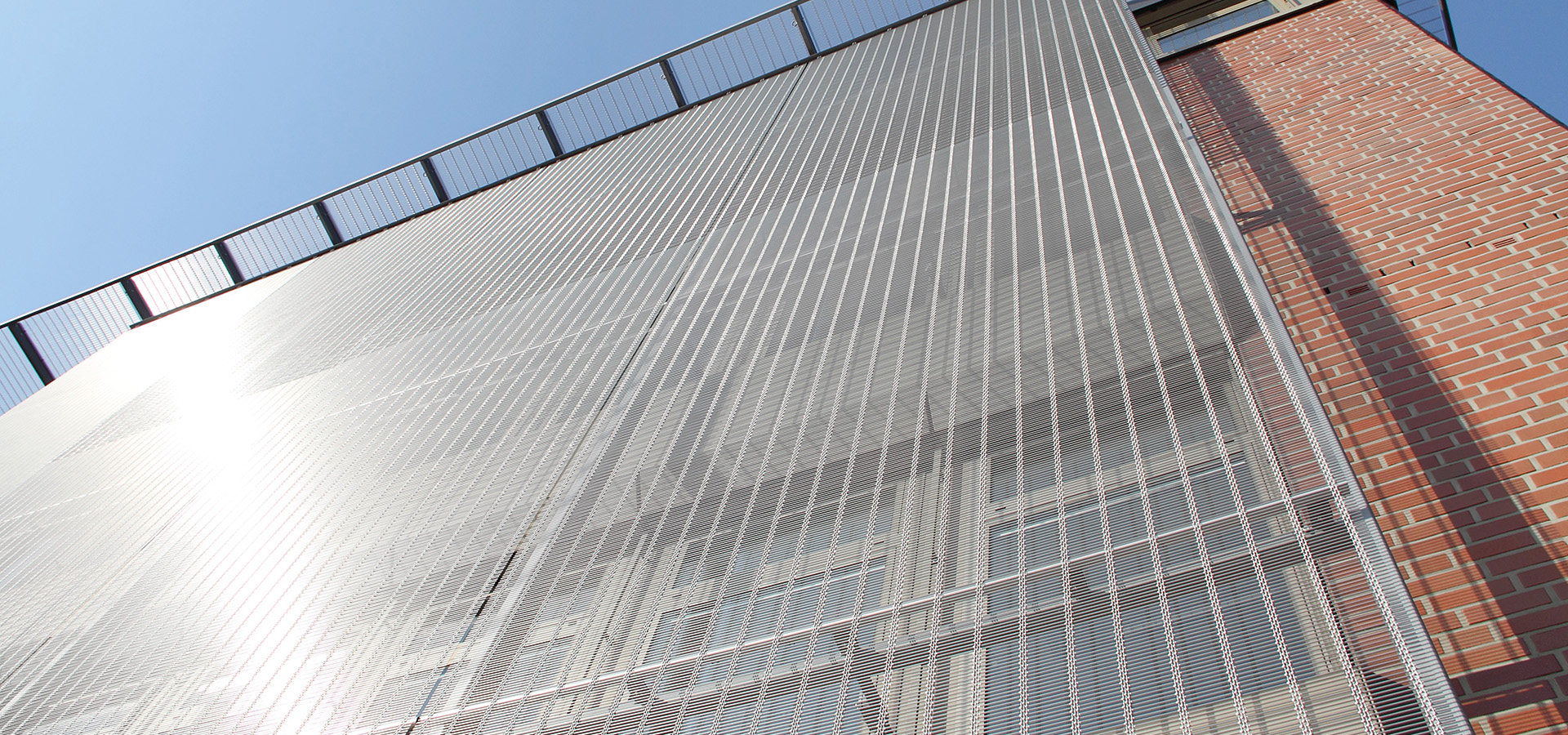






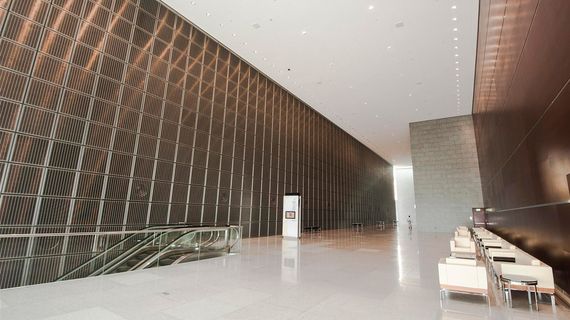


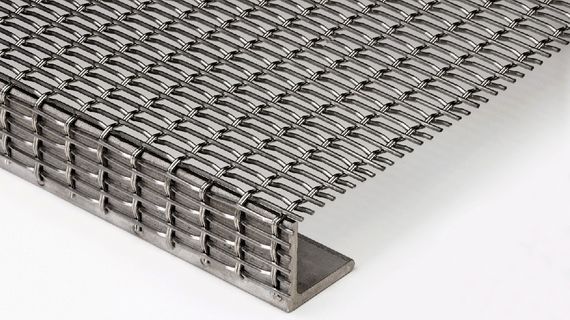


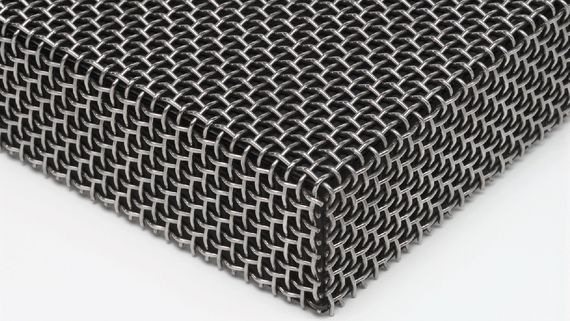


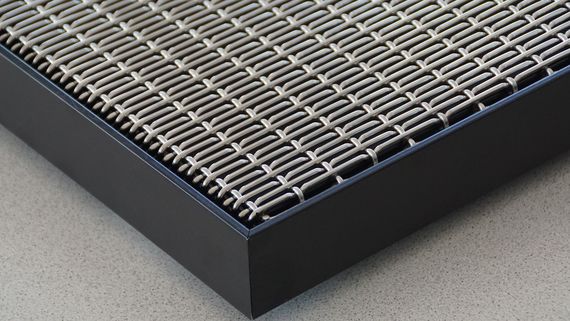


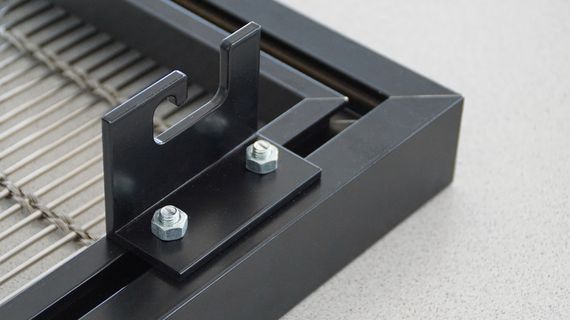














![[Translate to English:] HAVER Architekturgewebe](/fileadmin/HaverBoecker/DieDrahtweber/01_graphic/Profilbilder/Profilbild-ARC.png)